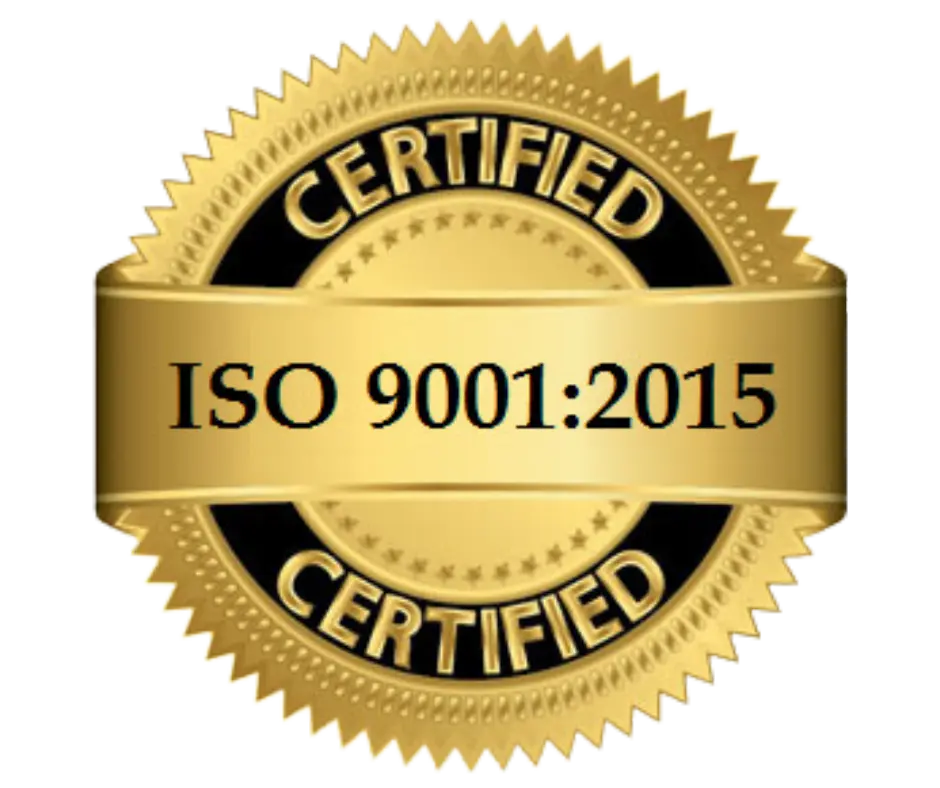Hiring in-house staff is becoming less efficient by the day. The complex hiring process requires money and a legal structure that many employers simply don’t have. Fortunately, there is a broad range of IT outsourcing models based on location or relationship.
Project owners choose a location-based approach when they demand the new team’s physical presence. For example, a fumigation company requires an onshore team. An IT startup, on the other hand, will most likely elect an offshore team that provides resources at lower costs.
This article, however, discusses relationship-based outsourcing models characterized by the way the employer/owner relates to the employees/team members.
Types of Relationship-Based Outsourcing Models
Staff Augmentation
Also known as staff extension, this approach hires an outside company to work with your in-house team. It’s an effective solution to tackle specific issues or achieve certain goals. Staff augmentation is adaptable as you can get experienced professionals for as long as you need them. Increasing or decreasing the number of people working on the project saves money long-term. And the project manager is on your side because you (or someone you trust) manage the outsourcing team.
Dedicated Team
We find the dedicated-team approach somewhere between staff augmentation and a project-based model. In this case, you hire outside professionals that don’t work with your in-house staff. Instead, they report to you or your CTO.
Project-Based
The outsourcing team works independently of you and your staff. Such an approach delegates the whole project development to a third party, from the idea to planning and delivery. Your only involvement is receiving the vendor’s PM reports, and you decide how often you want them delivered.
Which Model to Choose?
This decision depends on your strategy, goals, and the project’s development stage.
If you already have your own team and project manager but need to expand quickly, opt for staff augmentation. This alternative also keeps you in control of each stage.
A dedicated team provides outside experience without needing to collaborate with your in-house team. The outsourcing company manages parallel tasks, such as developing your website’s mobile version.
Finally, a project-based model is ideal for startups that don’t have their own team assembled yet. Or you may want to develop a parallel project for which your in-house team is not qualified or available. This option is ideal if you don’t want to manage the project at all.
To sum up, your choice depends on the amount of time you are willing to dedicate to the project and the amount of control you are ready to give up. Assess current resources and analyze your goals to select the most effective outsourcing solution.








